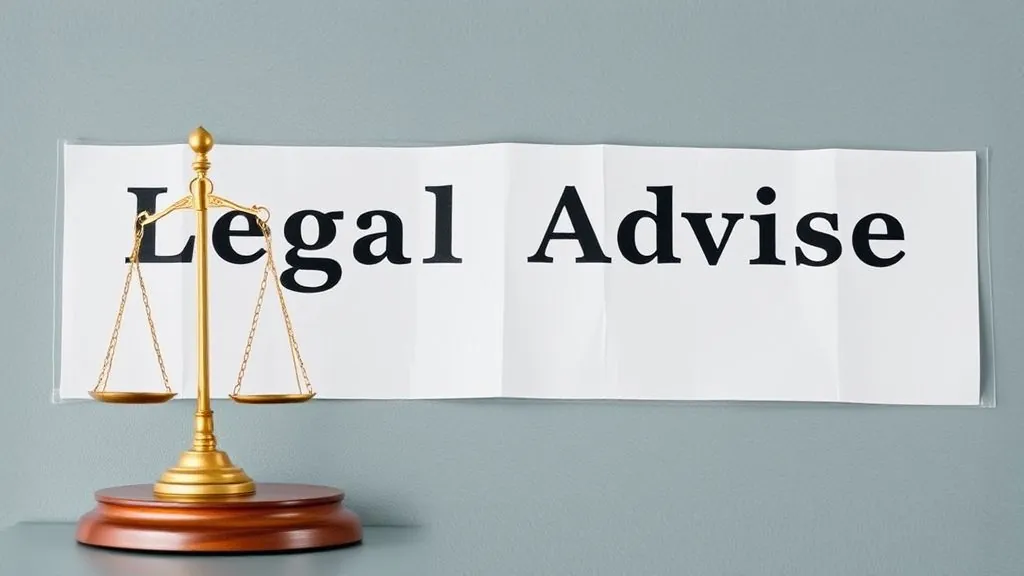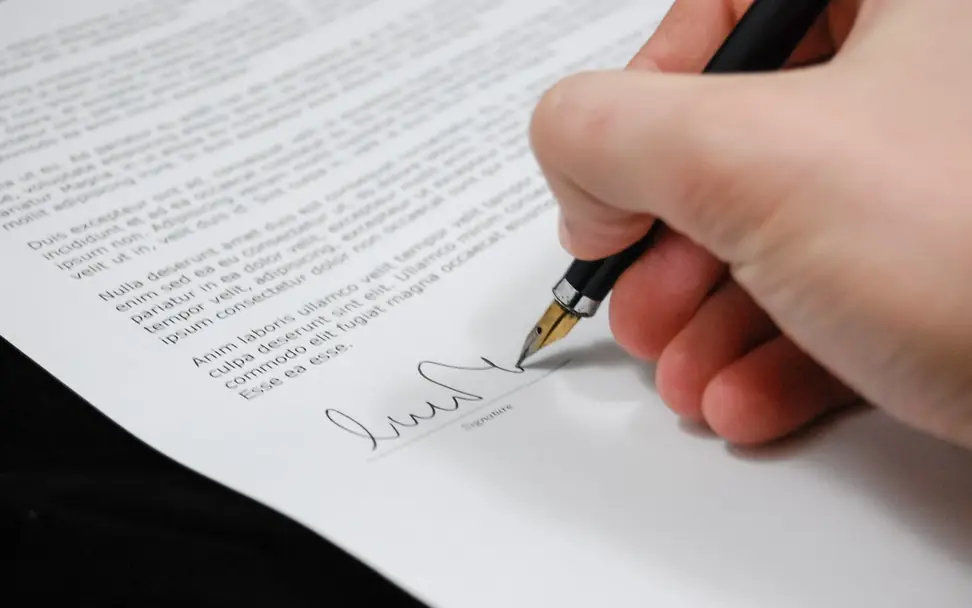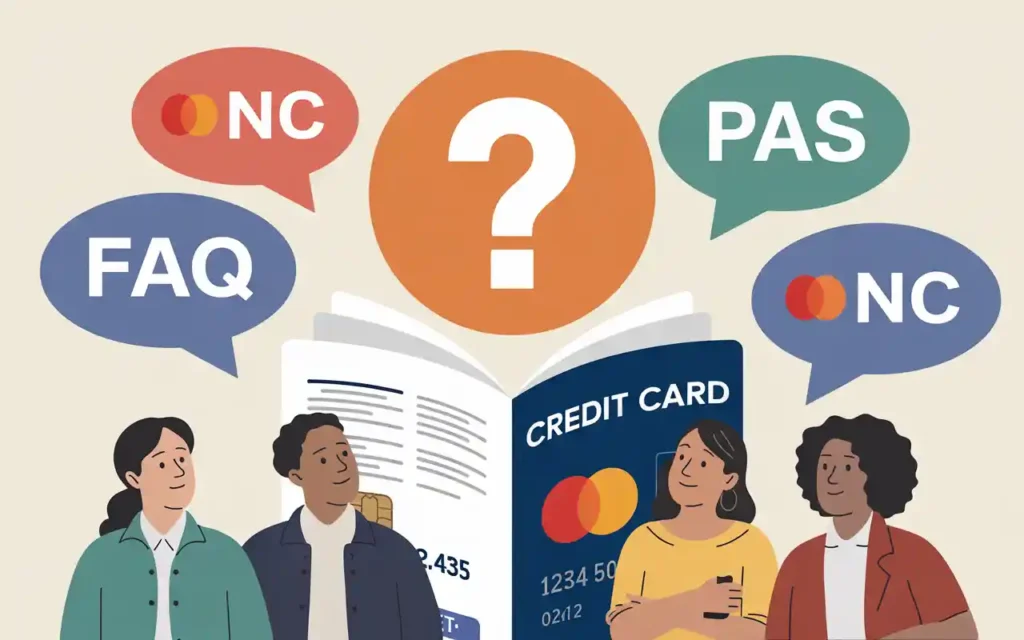Understanding how to drop charges against someone for domestic violence Canada is a common question—but the process is more complex than many realize. If you’re a complainant or someone involved in a domestic violence case, knowing how the Canadian legal system handles these requests is essential. This guide provides clear, helpful information to empower you, clarify the process, and offer practical advice tailored for Canadians navigating domestic assault charges.
Understanding Domestic Violence Charges in Canada

Before you learn how to drop charges against someone for domestic violence Canada, it’s important to understand how and why charges are laid in these cases.
- Who Lays Charges?
In Canada, the police—not the victim—lay criminal charges following a domestic violence incident. Once police believe there is evidence of a crime, they are obligated to charge the accused. This means the case becomes “the Crown vs. the accused,” not “victim vs. accused”. - Why Can’t the Victim Simply Drop Charges?
Since domestic violence is considered a crime against society, only the Crown prosecutor (not the victim) decides whether the case proceeds or the charges are dropped. The process is designed to protect individuals from coercion and to serve the public interest.
How to Drop Charges Against Someone for Domestic Violence Canada—Is It Possible?
The Role of the Crown Prosecutor

When it comes to how to drop charges against someone for domestic violence Canada, the Crown prosecutor drives the decision. Even if a victim wishes to withdraw, the Crown weighs these factors:
- Strength of the Evidence:
If there’s insufficient evidence, the Crown may withdraw the charge. - Public Interest:
Sometimes, continuing with prosecution isn’t in the public interest—for example, minor or isolated incidents, lack of prior offences, or relationship reconciliation. - Recanting by the Complainant:
If the victim changes their statement or recants, the Crown may reassess the case, but this is never a guarantee that charges will be dropped, and the prosecutor may still proceed if the public interest is strong.
Common Misconceptions
A frequent misunderstanding is that the victim can just “drop” the charges. In fact:
- Only the Crown can withdraw charges.
- The process is meant to safeguard victims from pressure or manipulation.
- Victims play a significant role but not a decisive one; their wishes are considered, not determinative.
How to Drop Charges Against Someone for Domestic Violence Canada—Practical Steps
If you’re wondering what you can do practically, here’s a breakdown:
1. Seek Legal Advice

- Independent Legal Advice:
Both the accused and the complainant can benefit from independent legal advice. A lawyer helps explain rights, options, and the best approach for your situation.
2. Communicate with the Crown Prosecutor
- Statement of Wish:
You can express your desire to have the charges dropped to the Crown prosecutor, usually in writing or by affidavit. State your reasons clearly (e.g., reconciliation, new perspective, fear, misunderstanding). - Affidavits or Recant Letters:
Victims may submit an affidavit indicating a change in their wishes. While this doesn’t assure the charges will be dropped, it influences the Crown’s decision.
3. Court-Ordered Options: Peace Bonds and Discharges
- Peace Bond:
In some cases, the Crown may agree to withdraw charges if the accused enters a peace bond—a court order requiring the accused to keep the peace and be of good behaviour, often for 12 months. If the terms are met, charges are withdrawn, and no criminal record results.
4. Supporting the Accused’s Rehabilitation
- If the accused agrees to counselling (anger management, substance use, or relationship therapy), the Crown may view this as a positive step, potentially influencing the decision to drop the charges or seek a more lenient resolution.
Table: Key Steps & Players in Withdrawal of Domestic Violence Charges (Canada)
| Step/Player | Role in the Process |
|---|---|
| Police | Lay charges; zero-tolerance in domestic cases |
| Crown Prosecutor | Decides whether to pursue or drop charges |
| Victim/Complainant | Can state preferences, submit affidavit |
| Defence Lawyer | Negotiates with Crown, presents evidence |
| Court | May issue peace bonds, hears withdrawal motions |
Actionable Advice & Examples
Example 1—Victim Wants to Drop Charges
Mary called 911 during a heated argument. After things cooled, she wanted to reconcile. Her options were to:
- Express her wishes to the Crown prosecutor, possibly in a written statement.
- Consult a lawyer for advice on the process.
- Submit an affidavit outlining her desire to withdraw the complaint.
Ultimately, the Crown reviewed her request but proceeded with the case, citing public interest due to past incidents. This illustrates the limits of complainant input.
Example 2—Crown Drops Charges Due to Weak Evidence
Alex was charged after an accusation from a neighbour, but there was little physical evidence. The alleged victim was not cooperative, and there were no witnesses. The Crown assessed there was no “reasonable prospect of conviction” and withdrew the charges before trial.
Example 3—Peace Bond as Resolution

In another case, Jamie was charged after a family dispute. To resolve the matter, the Crown offered a peace bond: Jamie agreed to conditions for 12 months, and the Crown withdrew the charges, leaving no criminal conviction but keeping conditions of non-contact in place.
How Complainants Can (and Cannot) Influence the Case
- What You CAN Do:
- Tell the prosecutor you wish to have charges dropped.
- Provide context, reasons, or a recant to the Crown.
- Attend meetings or court hearings to express your view.
- What You CANNOT Do:
Legal and Personal Considerations
Why Charges Cannot Always Be Dropped
- Domestic violence is prosecuted by the state because of concerns around pressure, coercion, safety, and recurrence.
- The law’s design balances complainant autonomy with broader public safety.
Possible Consequences to Dropping Charges
- If charges are dropped:
Frequently Asked Questions

Q1: Can I drop charges against someone for domestic violence in Canada?
No, the victim cannot drop charges directly. Only the Crown prosecutor can withdraw charges, often after considering the victim’s wishes and the evidence.
Q2: Will making a recant letter guarantee the charges are dropped?
No. A recant letter may influence the Crown’s decision but does not guarantee withdrawal, especially in cases with strong evidence or prior history.
Q3: What is a peace bond, and is it a criminal conviction?
A peace bond is a court order with conditions for up to 12 months. If followed, the accused avoids a criminal conviction, and charges are withdrawn.
Q4: What if I’m pressured to withdraw a statement?
If you feel pressured to recant or drop charges, seek independent legal advice. Coercion or tampering with witnesses is illegal.
Q5: Can the accused go back home if charges are dropped?
When charges are withdrawn, bail and “no contact” orders are usually removed, letting the accused return home legally, provided the court agrees.
Quick Tips
- Always seek independent legal advice before making or withdrawing statements.
- Express your wishes respectfully but understand the Crown is not obligated to comply.
- Cooperate honestly and follow court orders.
- If you fear for your safety, access local support and victim services.
- Document all communication with authorities for clarity and safety.
Pros and Cons of Attempting to Drop Domestic Violence Charges
| Pros | Cons |
|---|---|
| May resolve the case without a trial or criminal record | Process is not in complainant’s control |
| Upfront communication may help influence the Crown | Crown may still proceed for public safety reasons |
| Alternatives such as peace bonds offer flexible options | Legal process can be long and emotionally challenging |
Takeaway—Navigating the Process Compassionately
Learning how to drop charges against someone for domestic violence Canada isn’t straightforward, but clarity about the process can ease stress and help all involved act wisely. Consult with a lawyer early, approach the Crown with your wishes, and know that your input will be considered even though the decision rests with the prosecutor. Prioritize your safety, be honest, and use available resources for support throughout the process.